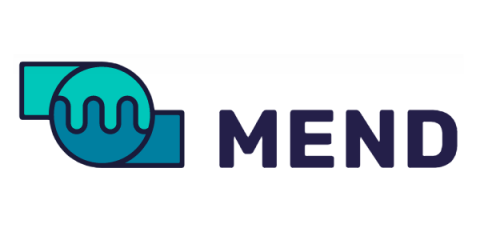FIPS Compliant Algorithms for Encryption, Hashing, and Signing
With the rise of cyber threats and the increasing volume of sensitive data being transmitted over networks, organizations must prioritize the use of cryptographic algorithms that meet stringent standards for security and reliability. One such standard is FIPS (Federal Information Processing Standards) compliance, which ensures that cryptographic algorithms adhere to the rigorous criteria set forth by the U.S. government.










